ORONO – Behind Dudley Zopp’s midcoast home, water rushes down a mountain, catches in two streams and runs into the ocean.
The sound of the water, the irrigation it provides and the erosion it causes are always on her mind, and also in her art.
“I’ve always been interested in geology,” Zopp said. “It’s why I ended up in Maine. What we get to see of geology in Maine and the presence of rocks under our feet have been a tremendous pull for me.”
Zopp, who lives in Lincolnville, explores themes of nature and geology in a textured, abstract exhibition at the University of Maine, “Ground/Underground.” The installation at Lord Hall on the Orono campus involves elements Zopp has exhibited before, but brings them together in such scale the exhibition feels like a journey in which a traveler experiences the changing environment through geological layers and time.
Gallery visitors must open their senses, slow down and take the time to deeply observe the stillness. That’s how people experience nature, with their eyes and ears, Zopp said. That’s how she hopes they experience her art.
There is no wall text, no labels. At Zopp’s insistence, the name of the exhibition and her name are printed on a wall outside the gallery doors.
“I want to be an anonymous artist,” she said. “I don’t want these paintings to be about me. They are about process and about how the earth works.”
In a sense, “Ground/Underground” represents a retrospective of Zopp’s geological work.
The exhibition includes atmospheric watercolor scrolls that suggest sediment and rocks. She repurposed those scrolls from a previous show in San Francisco, dumping buckets of water on existing paintings and watching the effect as the water ran down the paper. “There was some risk involved with that,” she said, “not knowing where any of this is going to go. I could have easily ruined any of those paintings.”
Paper sculptures, crumpled to look like rocks, reference glacial erratics. They hang on walls and are piled in corners of the gallery. She has shown the erratics since 1997, including at a Portland Museum of Art Biennial. She thought she was done with them, but curators keep asking to see them, so she refigures them when appropriate.
The centerpiece of the show is a series of 8-by-10-inch canvases painted black, gray, brown and other dark colors. Zopp placed them on the floor in a widening ribbon that reaches along the length of the gallery. They take on the appearance of a river or rock-lined river bed.
She showed some of these canvases in 2007 at Waterfall Arts in Belfast. Back then, she hung them on a wall, and realized she could “pile them up and push them around, and do other things than just hang them on the wall.”
To her, they felt sedimentary.
“I don’t like bringing natural material into the gallery,” she said. “So I thought I would try making sediments with paintings, and in doing so I also called into question what a painting is. Does it have to be pristine and special and hung on a wall? Can it be something else?”
In this instance, yes.
Arranged like tiles, or slabs of slate, the canvases take on a sculptural effect.
She made 100 of them for Waterfall Arts. When Lord Hall Gallery coordinator Susan Smith offered the show at UMaine, Zopp went to work. She knew she needed hundreds more canvases and ended up with 700.
Her river begins with the trickle near the door and builds to a cascading flow near the back wall. It is not unlike the water that runs down the mountain behind her house and across her land before spilling into the ocean.
She hopes the installation reminds people of time spent in nature.
Smith appreciates Zopp’s nontraditional approach to art.
“I like how she is moving canvases off the wall, and the simplicity of her presentation. I like that she moves so easily between two-dimensional work and three-dimensional work,” Smith said.
CRACKING MAINE’S CODE
Zopp, who is from Kentucky, came to Maine to visit in 1988 at the invitation of Marvin “Red” Garner, who was instrumental in the early years of Maine Coast Artists in Rockport, which later became the Center for Maine Contemporary Art. She fell in love with Maine, as artists tend to do, and moved here in the mid-’90s.
She lived first in Belfast and settled in Lincolnville in 2007. She lives on 2.5 acres of land, which she has been working to restore to its pre-landscaped state to encourage the growth of natural species of plants and habitat. She’s counted 35 nesting bird species on the property and “all the wildlife that goes along with it.”
Zopp likes to travel and has spent time in Newfoundland, Spain and Italy, and across the United States.
Nothing compares to Maine, she said.
“It’s just the landscape that I respond to more than anywhere else in the world,” she said. “When I do residencies elsewhere, I’m always looking at the geology and how that affects people’s lives and how they live because of the geology around them. I just keep coming back to Maine. I wouldn’t live in New York, though I love to go there. I need to be in this place that does what it does with a huge amount of water and the changes in the seasons and my ability to get out there and dig in the dirt.”
For as long as she can remember, Zopp has used her art to get to the core of nature. She’s not interested in representing pretty trees or beautiful scenes. Instead, she wants to probe what lies below the surface and “crack the code” of the landscape in a way that’s visually stimulating and scientifically rewarding.
Send questions/comments to the editors.


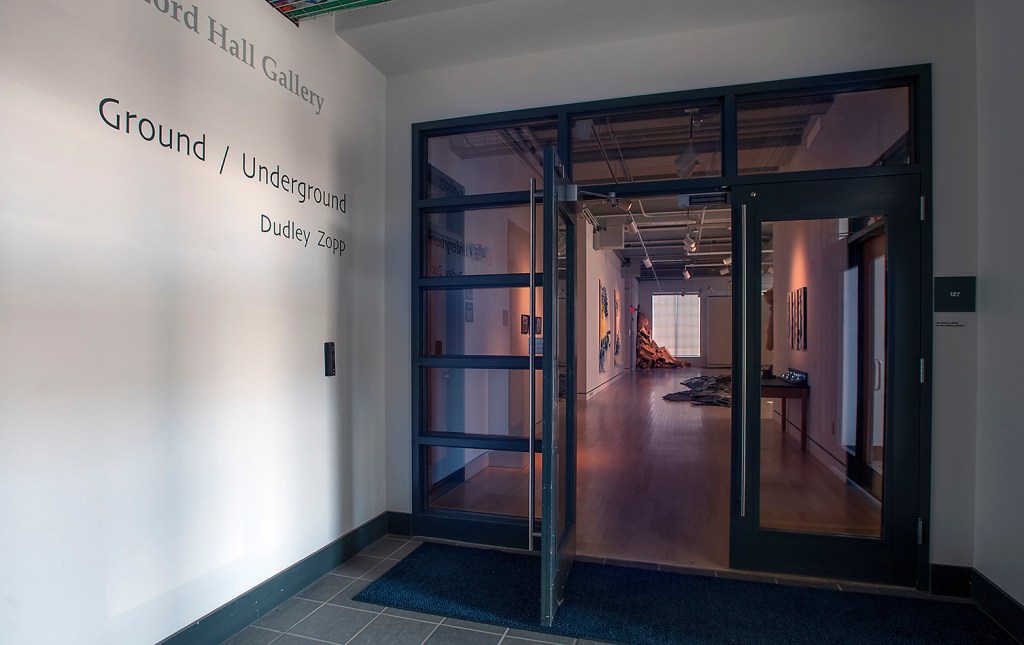
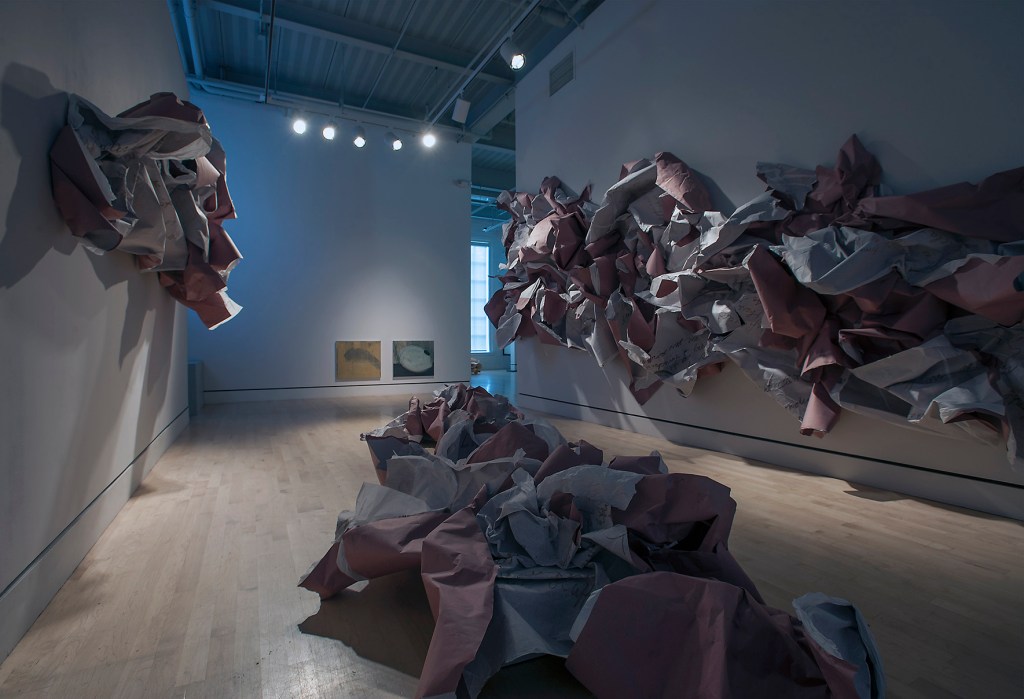
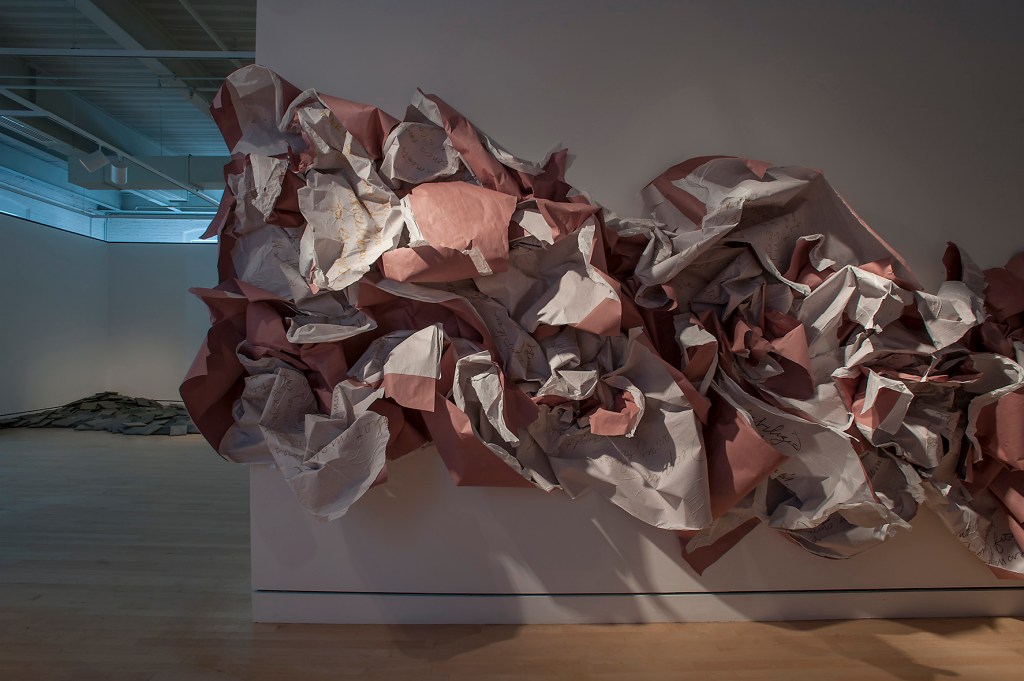
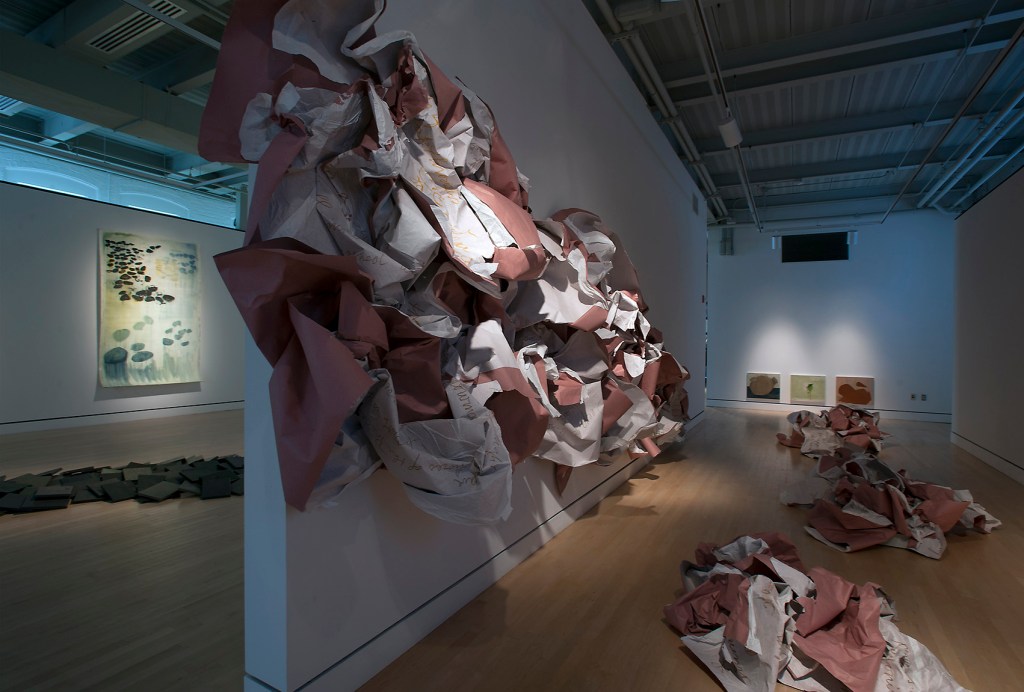
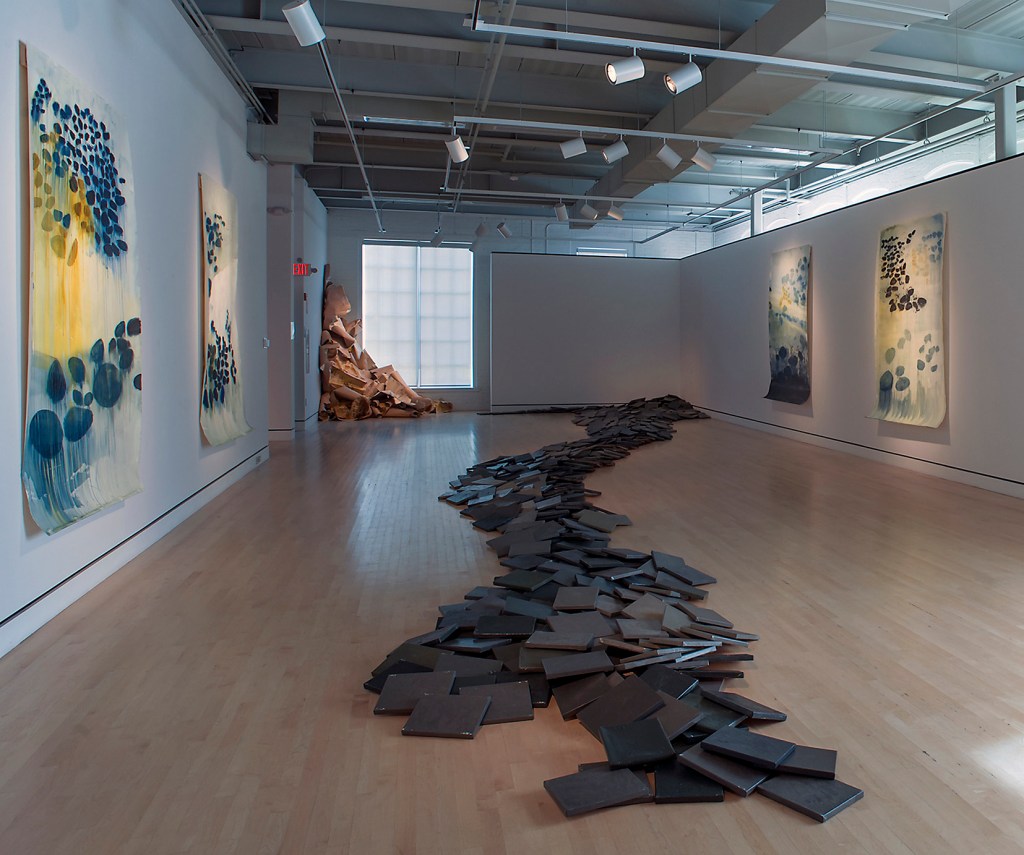
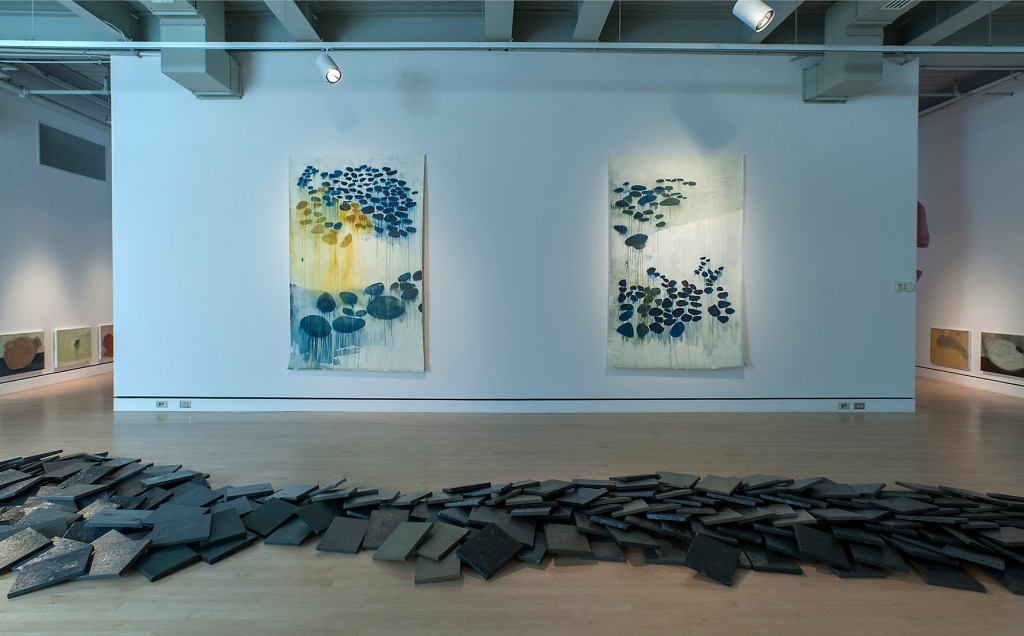
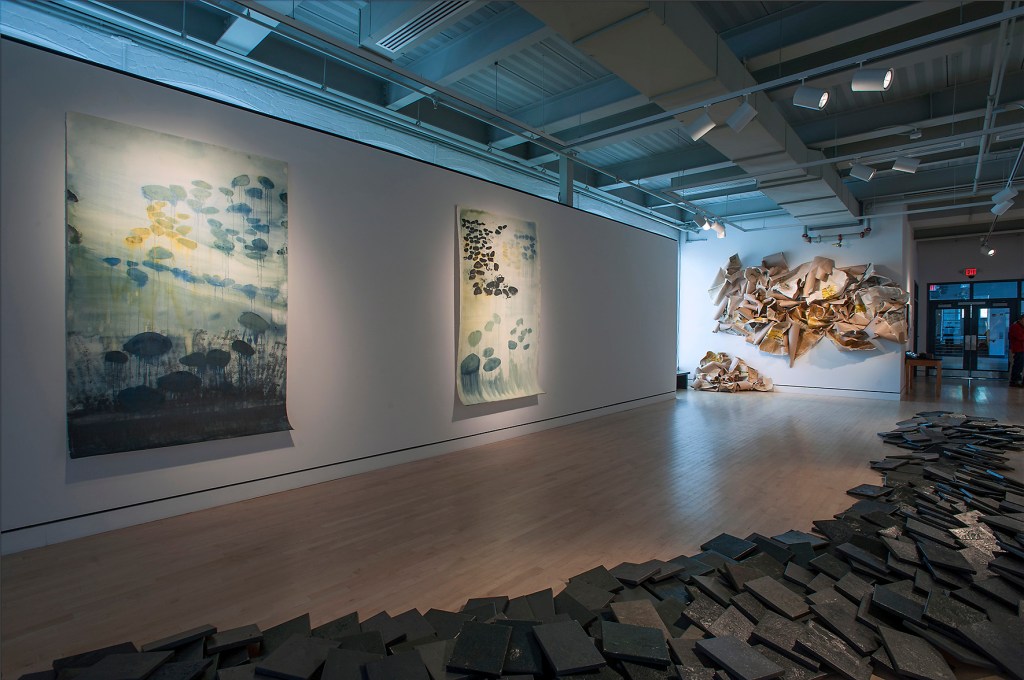
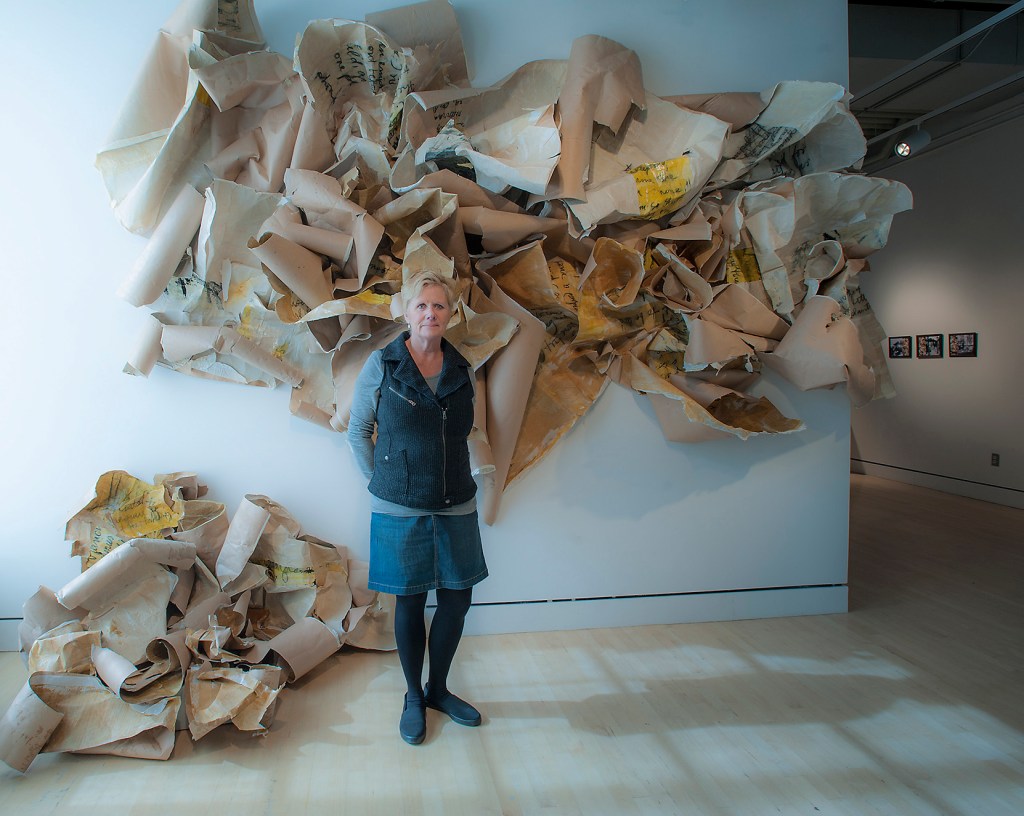
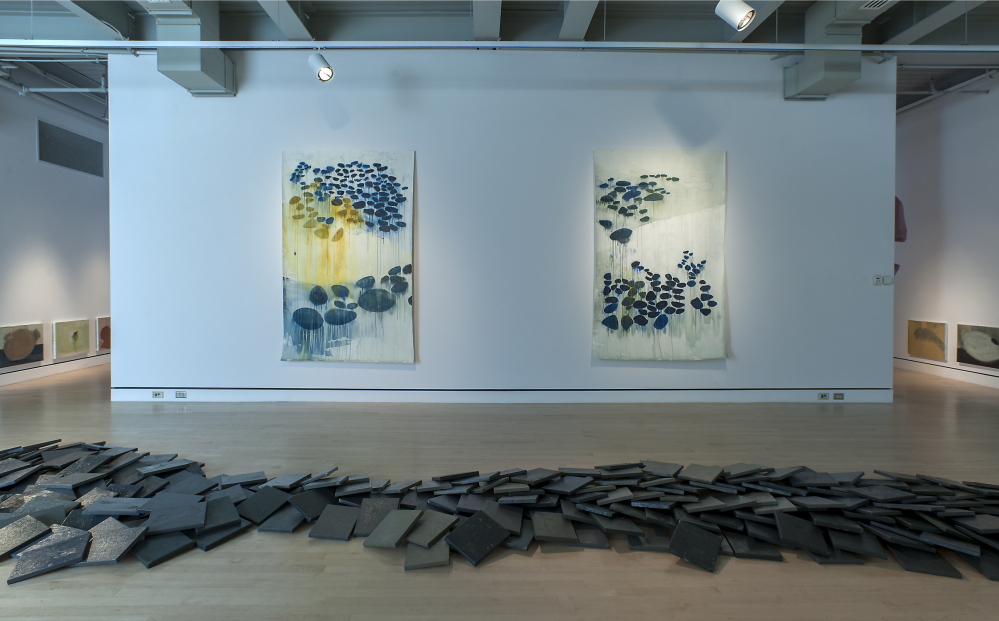

Success. Please wait for the page to reload. If the page does not reload within 5 seconds, please refresh the page.
Enter your email and password to access comments.
Hi, to comment on stories you must . This profile is in addition to your subscription and website login.
Already have a commenting profile? .
Invalid username/password.
Please check your email to confirm and complete your registration.
Only subscribers are eligible to post comments. Please subscribe or login first for digital access. Here’s why.
Use the form below to reset your password. When you've submitted your account email, we will send an email with a reset code.